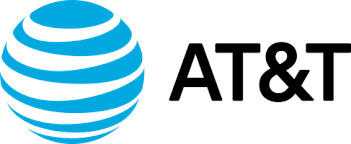Internet Service Providers in Poso Park California 92627
Extensive and Up-to-Date List of Internet Service Providers for Reliable Connectivity


1. xfinity
Xfinity is a cable provider that delivers high-speed internet, TV, and phone services through cable television lines. They offer their services across multiple locations in the United States, along with other providers like TruVista in South Carolina.
2. Spectrum
Spectrum is a telecommunications company that offers internet services to customers across the United States. Spectrum provides reliable and high-speed internet to their customers, making it a popular choice for those who value fast and consistent internet connections.
4. ispMint

Technology Used
Aggregate Bandwidth LTE
Top Download Speeds
100MBPS
99% Availability in
California
T-Mobile Home Internet is a cable provider that utilizes cable television lines to deliver internet service. Customers can find T-Mobile Home Internet available in many areas, including Tri-County Communications and other providers.

.png)
.png)
.png)